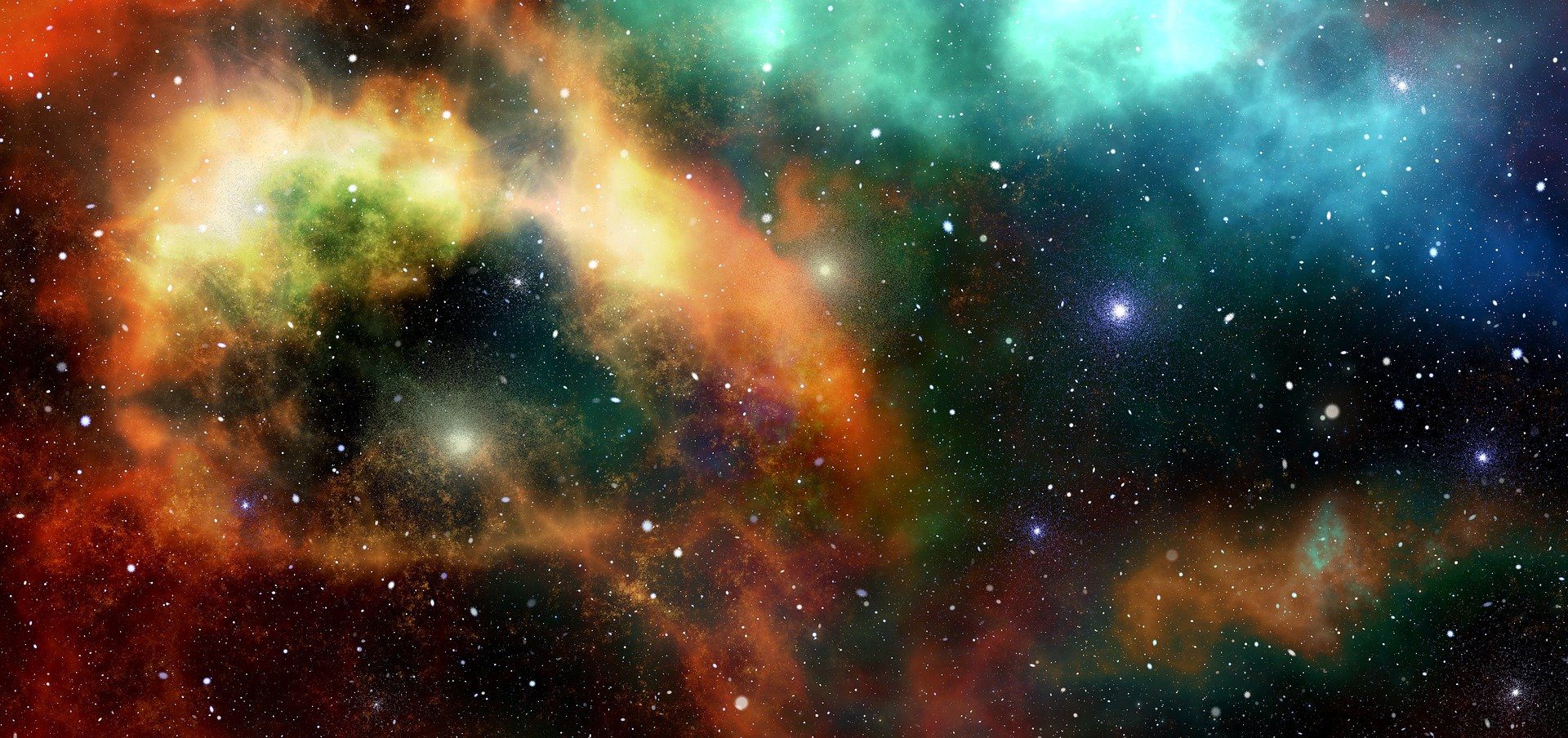Google released its Pixel 7 series of smartphones back in October, and it seems to already be making plans for the successor. The Pixel 8 and Pixel 8 Pro are expected to launch in the summer of 2023, and the fans already have reasons to be excited, at least when it comes to the cameras.
Google might replace the ISOCELL GN1 sensor from Samsung, which exists on recent Pixel phones, with a next-gen sensor when it comes to the upcoming Pixel 8 Pro model. Thus, the latter phone should be able to take photos that are far superior in quality compared to what we can see on previous Pixel devices, as a new leak through a tweet claims.
Samsung’s ISOCELL GN2 sensor could be mounted on the Pixel 8 Pro
If the ISOCELL GN2 sensor from Samsung appears on the upcoming Pixel 8 Pro from Google, as we can guess, it means that the device will be capable of advanced HDR imaging.
Google's 2023 flagship Pixels to include support for staggered HDR –
pic.twitter.com/ZfWtwQBykY
— Kuba Wojciechowski
(@Za_Raczke) December 19, 2022
HDR stands for High Dynamic Range, and it refers to a technique used to capture and process images that have a wide range of brightness levels. When taking a photograph, the camera’s sensor can only capture a limited range of light values, and as a result, some areas of the image may be too dark or too bright. This can be especially noticeable in scenes with high contrast, such as a landscape with a bright sky and dark shadows.
With HDR photography, multiple exposures of the same scene are taken at different exposures, and then the images are combined to create a single photograph that has a wider range of light values than what the camera could capture in a single shot. This allows the photograph to more accurately represent the scene as it appears in real life, with detail visible in both the highlights and the shadows.











Leave a Reply